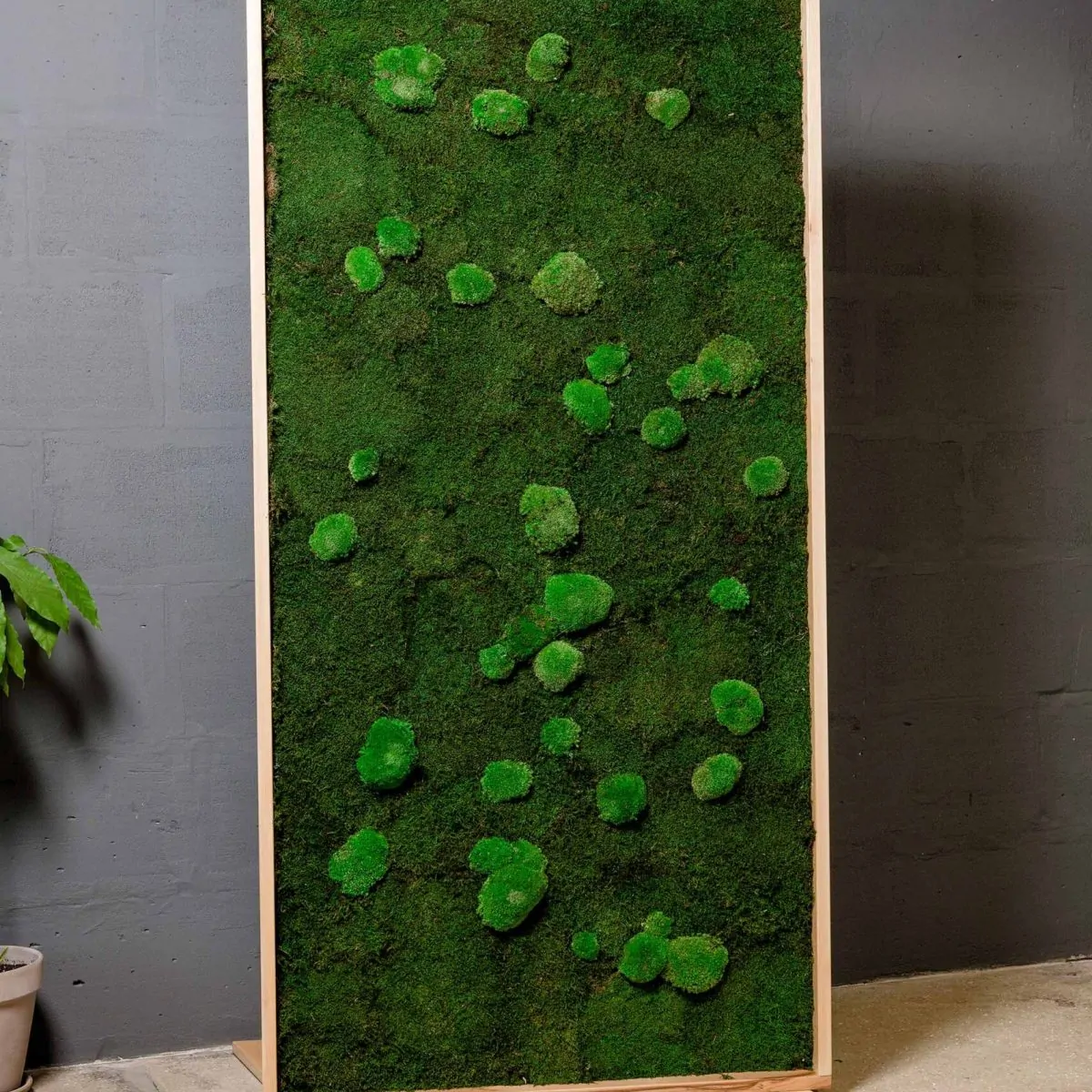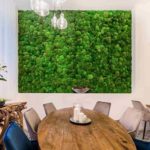

The traditional finish for Windsor chairs is milk paint, which is thin enough to allow wood grain to show through. You can buy the paint in powdered form and mix it with water or make your own by following the recipe presented below. The blend provided was used in colonial times as an interior wall paint, which yielded a flat, lusterless finish that can be stained, oiled, or waxed once the surface is dry. To produce a semigloss sheen, egg whites can be added to the recipe. Their use has a long tradition in painting; egg tempera paints were used by some of the great Renaissance masters.
The ability of milk paint to produce a finish that is both durable and moisture-resistant is somewhat of a mystery, but it is known that a chemical reaction
occurs between the lactic acid in the milk and the lime, which is a base; lime is not simply added as a thickener. Skim milk is used because the fat in whole milk interferes with the curing process, reducing the paint’s durability. Buttermilk or the whey from cheese-making were traditional substitutes for whole milk.

Combining and applying the ingredients
To make about 2 quarts of milk paint, wear gloves and pour 3 cups of skim milk into a container (above). Sprinkle 2 ounces of slaked lime into the milk and mix for 3 minutes. Then stir in 16 ounces of plaster of Paris. Add coloring, such as artist’s pigments or earth pigments used for coloring cement, or powdered chalk like the kind used in chalk lines. To thicken the solution,
add more plaster of Paris. Test the paint on a scrap piece and let it dry. To deepen the hue of the finish, add more coloring. Let the paint sit for 1 hour, then brush it on, stirring frequently. Since milk paint raises the grain of the wood, sand the surface lightly between coats for a smooth finish. Add a thin layer of varnish, shellac, oil, or wax to protect the finish.
|
|




